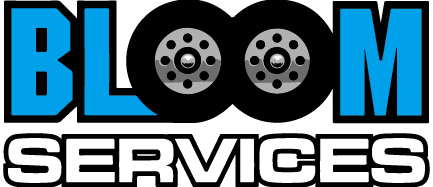WRITTEN BY: BLOOM SERVICES
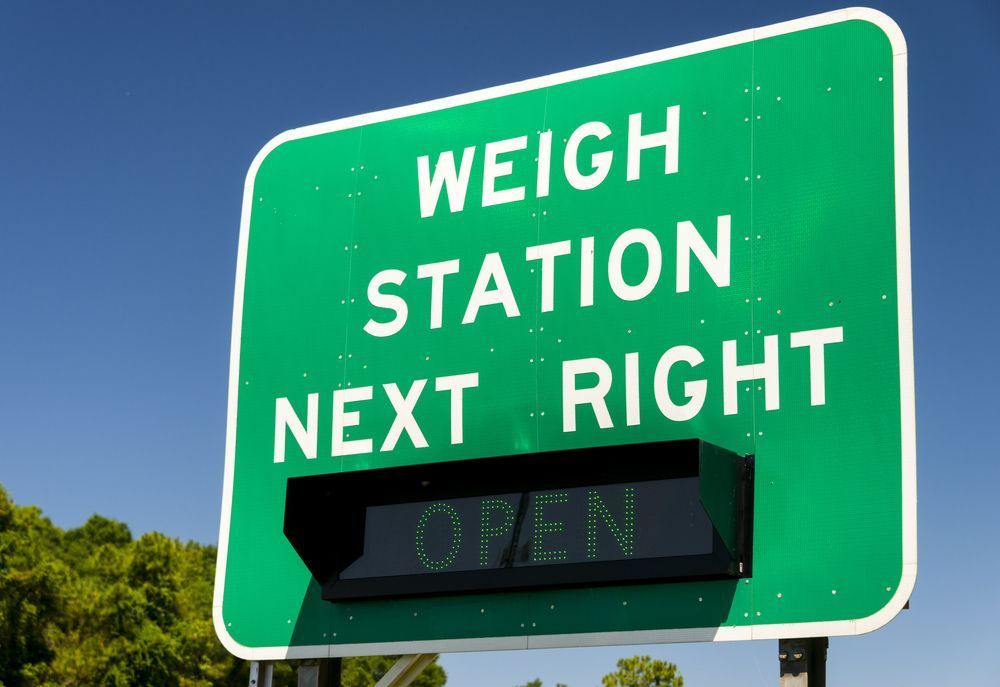
Weigh stations are essential checkpoints located along highways, primarily used for inspecting the weight of commercial vehicles, like semi trucks and large cargo trucks. These stations play a crucial role in maintaining road safety and protecting infrastructure. But why exactly do we need them, and how do they function? In this article we will delve into what truck weigh stations are for and what you will need to know.
What Are Weigh Stations & Why Do We Need Them?
First and foremost, weigh stations help ensure that trucks comply with state and federal weight regulations. There are strict limits on how much weight a truck can carry, and these limits are not arbitrary. Overloaded trucks pose significant risks: they are harder to control, take longer to stop, and are more prone to tipping over, especially in high winds or during sharp turns. This increased risk isn’t just for the truck driver but for all road users. By enforcing weight limits, weigh stations contribute to reducing the likelihood of accidents caused by overloading.
Additionally, these checkpoints are crucial for protecting our roads and bridges. Excessive weight from heavy vehicles can cause significant wear and tear on road surfaces and stress to bridge structures, leading to costly damage and repairs. Regular checks at weigh stations help to prevent this type
of infrastructure degradation.
Where are Weigh Stations Located?
Typically, you will find weigh stations near state borders or at key points on routes heavily trafficked by commercial trucks. This placement ensures that trucks entering a new state comply with its specific weight regulations. In some states, weigh stations are more frequent. These stations are often clearly marked with signs well in advance, allowing truck drivers ample time to prepare for the stop. Additionally, their locations are usually listed on state transportation websites and in trucking guides, making it easier for drivers to plan their routes with these checkpoints in mind.
What Happens at Weigh Stations?
The process at a weigh station is relatively straightforward. When a truck enters a weigh station, it’s directed to drive onto a large scale. These scales can be either static, requiring the truck to stop completely, or dynamic, allowing the truck to be weighed while moving at a slow speed. Some weigh stations also conduct safety inspections, checking for things like tire condition, brake functionality, and overall vehicle maintenance.
Types of Inspections at Weigh Stations
DOT has established six distinct levels of inspection, each focusing on different aspects of the vehicle and driver’s readiness and compliance with safety standards.
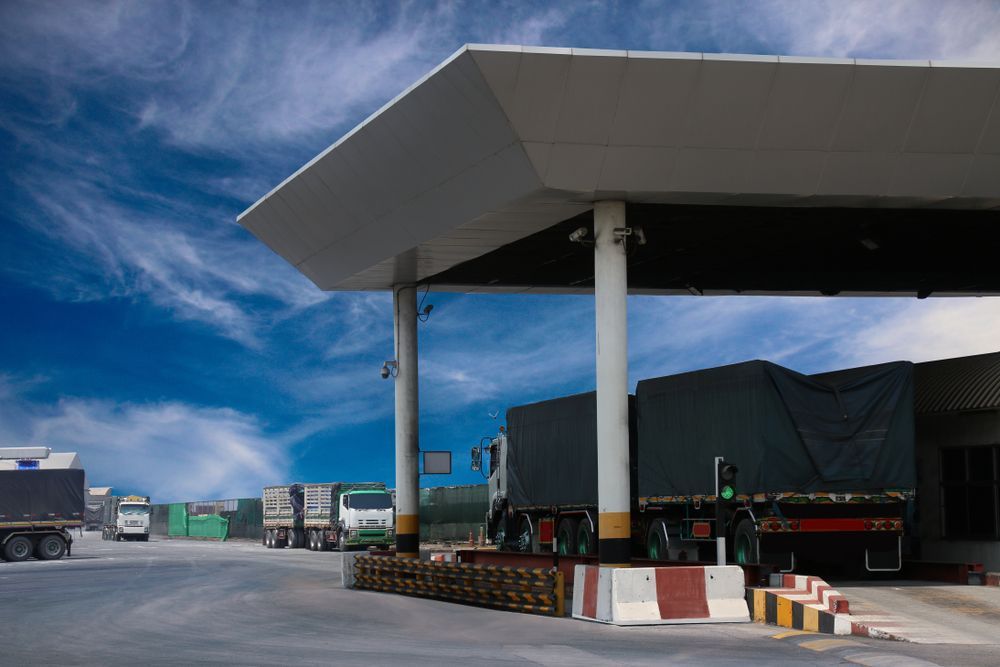
Level 1: North American Standard Inspection
The most comprehensive of all, the Level 1 Inspection is a detailed check of both the vehicle and the driver. Inspectors look at documents such as the driver’s license, hours of service records, and medical card. The vehicle is scrutinized for defects in major components like brakes, lights, steering, tires, and cargo.
Level 2: Walk-Around Inspection
Similar to Level 1, the Level 2 Inspection covers many of the same areas but does not include undercarriage components. The inspector will conduct a thorough walk-around of the vehicle, examining items such as brake systems, coupling devices, fuel systems, lights, safe loading, and seat belts. The driver’s documentation is also reviewed at this level.
Level 3: Driver-Only Inspection
This level focuses exclusively on the driver and operational requirements. The inspector reviews the driver’s license, medical certificate, alcohol and drug use, hours of service, seat belt usage, and any visible violation of motor carrier safety regulations. The vehicle itself is not inspected at this level.
Level 4: Special Inspection
A Level 4 Inspection is a one-time examination that is typically conducted to validate or refute a specific claim or issue. It focuses on a particular aspect of the vehicle or its operation, such as brakes or exhaust systems. This inspection is generally quick and is issue-specific.
Level 5: Vehicle-Only Inspection
This is a thorough inspection of the vehicle without the driver present. It includes all the checks performed in a Level 1 Inspection but is conducted at a carrier’s facility or another location where the driver is not required to be present. It’s often used for companies undergoing compliance reviews or audits.
Level 6: Enhanced NAS Inspection for Radioactive Shipments
Level 6 Inspections are specific to carriers transporting certain types or quantities of radioactive materials. These inspections are more rigorous and include checks on radiological shipments, emergency response information, route plans, and radiological requirements. The aim is to ensure the safe transport
of these materials.
How Often Should You Stop at Weigh Stations
You are often required to stop at weigh stations, but the frequency of these stops can vary based on a range of factors. Each state has its own set of regulations governing weigh stations, and these rules dictate whether trucks must stop at every station along their route. Trucks exceeding a weight of 10,000 pounds are legally required to stop at weigh stations. If you are under 80,000 pounds, you are typically fine, but if you run over you will need permits and probably will undergo an inspection.
You need to keep an eye out for signs indicating an upcoming weigh station. If the sign shows that the station is open then stopping is mandatory. However, with systems like PrePass, the landscape has changed. PrePass allows truckers with a transponder and a good compliance record to skip certain weigh stations, significantly reducing the number of required stops.
The type of cargo being transported also plays a role; trucks carrying hazardous materials or oversized loads might face more frequent stops for safety checks. Additionally, random checks are a reality, meaning that even those with bypass privileges can occasionally be called in for inspection. Finally, a trucking company’s compliance record can influence the frequency of required stops, with those having histories of safety violations or overweight loads potentially facing more frequent inspections. Overall, it varies in how often you will need to stop at weigh stations, being prepared for these stops is an essential aspect of life on the road.
What is a Weigh Station Bypass
A weigh station bypass is a technology-driven system designed to streamline the process of weigh station stops for commercial vehicles. There are several programs like PrePass, Drivewyze, or NORPASS, that allow eligible trucks to bypass weigh stations under certain conditions. Eligibility is typically contingent upon maintaining a good safety record and compliance with weight regulations. Once enrolled, trucks are equipped with a transponder or a mobile app that communicates with sensors at participating weigh stations. As a truck nears a weigh station, the system instantly assesses its weight, safety rating, and credentials. Based on this data, the truck receives a signal — often a green light for a bypass and a red light to pull in for inspection.
This provides a huge advantage for truckers who qualify: it offers time and fuel savings for truckers by reducing the need for stops and lessening wear on the truck. Despite the convenience, trucks with bypass privileges may still be subject to random inspections.
What Happens if You Skip a Weigh Station
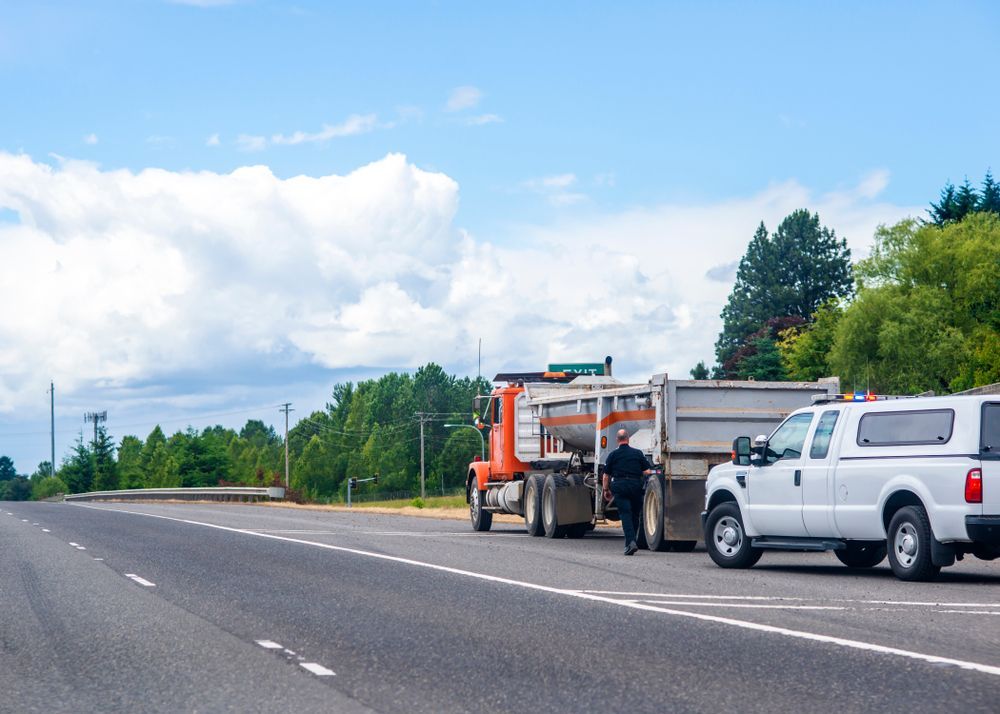
If you deliberately skip a weigh station, you risk facing a range of serious consequences. One of the most immediate repercussions are fines, which vary significantly from state to state and can be quite drastic. Law enforcement officers, often stationed in proximity to weigh stations, may chase you down and pull over your truck, which will lead to a comprehensive roadside inspection, which is typically more time-consuming and thorough than the checks at a weigh station. Violations can also negatively impact the carrier’s safety record, attracting more stringent inspections in the future and potentially jeopardizing your eligibility for bypass programs like PrePass. With repeated offenses, there could be severe implications for your CDL and your carrier’s operating authority, possibly leading to suspension or other legal consequences.
Habitual violators may be subject to increased insurance premiums. Not to mention delays resulting from being pulled over can significantly disrupt delivery schedules and your overall efficiency. Skipping a weigh station is fraught with legal and financial risks. If you have to stop at a weigh station – STOP!
Bloom Services Prioritized Safety for Its Truckers
Navigating weigh stations is an integral part of a trucker’s journey, ensuring compliance with weight regulations and contributing to overall road safety. At Bloom, we recognize the significance of these checkpoints and prioritize safety, requiring our truckers to make mandatory stops. Moreover, we offer bonuses for successful inspections, acknowledging the commitment to safe practices.
If you hold a Class A CDL with two years of experience, seize the opportunity to be part of Bloom Services. Our OTR truckers take home $3,000 or more per week after covering all expenses. Apply now and embark on a rewarding career with a company that values safety, efficiency, and the success of its drivers. We’re committed to your journey on the road and ensuring you thrive in every aspect of your trucking career with Bloom Services.
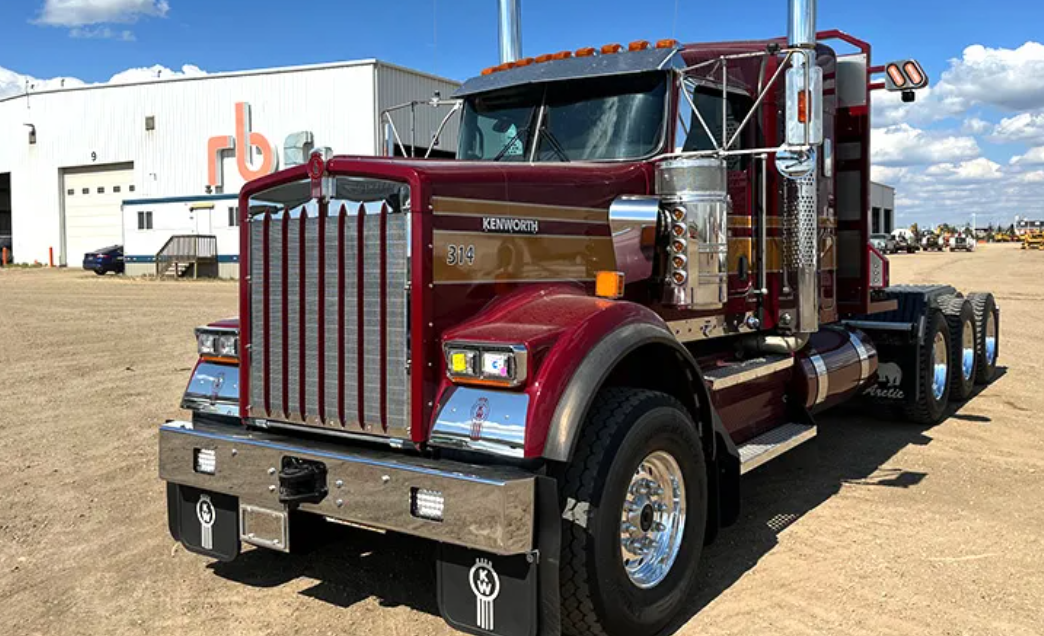


office & Parking depot
5120 Belmont Rd Unit K, Downers Grove, IL 60515, USA
Hours of operation
Mon - Sun: 7am-5pm
